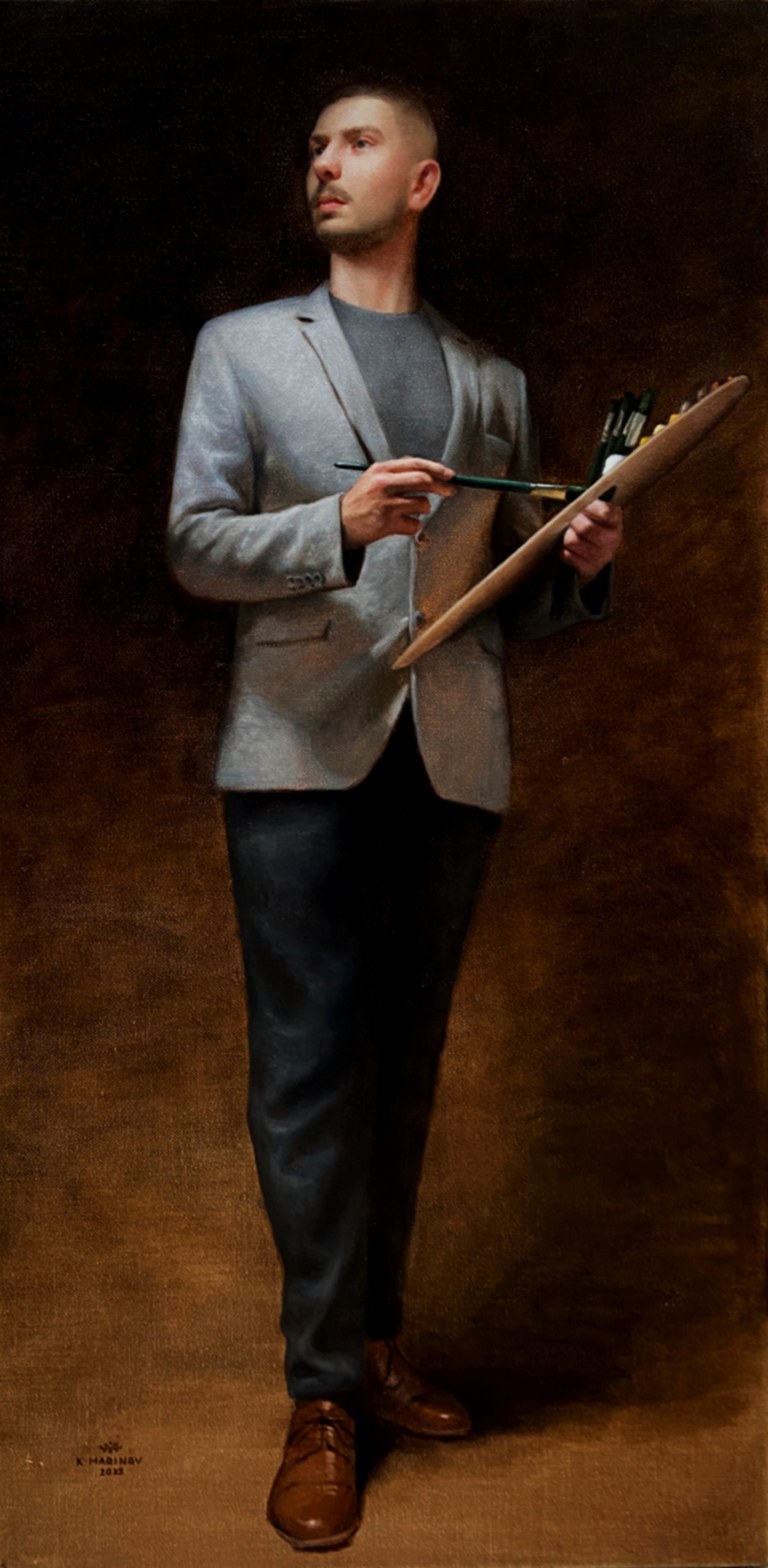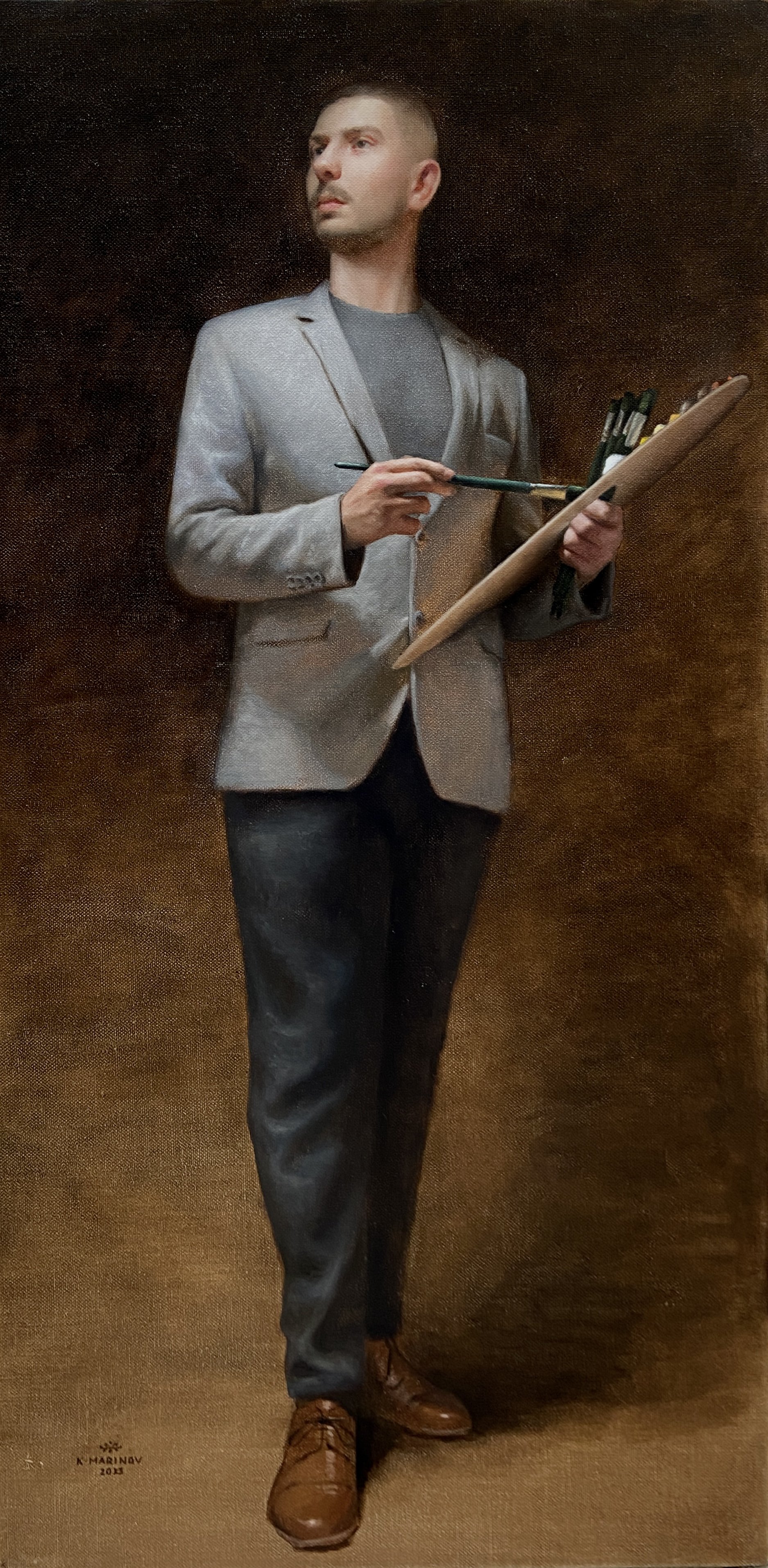
Commissions
Commissions are an essential part of the art business. They represent the closest relationship between the artist and the client.
General Information
Throughout history, commissioned artworks have stood as a testament to humanity’s enduring desire for beauty and self-expression. From intimate pieces to grand masterpieces, these works have graced homes, palaces, and sacred spaces, transforming them into places of wonder and inspiration.
Artists were entrusted to adorn ceilings, walls, and furniture with intricate designs, stunning paintings, and lifelike sculptures. These collaborations created environments of unparalleled elegance, inspiring awe in all who experienced them.
Today, this tradition continues, offering anyone the opportunity to bring such beauty into their own home. A commissioned artwork is far more than decoration—it is a source of inspiration, elevating its surroundings and enriching the lives of those who encounter it.
Art holds profound aesthetic value that transcends mere utility. It lifts the spirit of the viewer, inspiring them to aim higher, embrace creativity, and strive for virtue. A well-crafted piece of art is not just an object; it is a vessel for beauty, love, and purpose, enriching its audience on multiple levels.
The Power of Tailored Artwork
Commissioned artwork possesses a unique and transformative power. It can be tailored precisely to align with the client’s needs, desires, and vision. Like a bespoke garment or handcrafted shoe, a commissioned piece is designed to fit its owner with precision and grace. This level of personalization elevates the artwork to a premium creation—a deeply personal expression of individuality.
More than just an aesthetic choice, such pieces reflect the client’s values, aspirations, and essence, creating a one-of-a-kind treasure that resonates deeply. A commissioned artwork becomes not only a representation of beauty but also a statement of identity, making it an invaluable addition to any collection or space.
Categories
There are several distinct options when it comes to commissioning an artwork:
Portrait
Composition
Mastercopy
Decoration
Portrait
A portrait commission is the most common of all the options. The client orders a portrait of themselves or of someone else. It is also quite straight-forward, you receive a representation of that person.
It is common among fellow artists to paint the portrait by copying a photograph. And while that is easy, it results in an unauthentic representation of the person. That happens when the client commissions a painting of a photo and not a person. They provide a photograph and say, “I want this painted”. And while that is unengaging and easy, it most often that not gives unfavorable result, that neither the artist nor the client likes.
While photography has its intrinsic value nowadays, since one doesn’t feel the need to stay with the sitter for hours until they have a study upon which they can make the portrait. In this day and age is whole lot easier to have a photograph(s) taken of the person (with everything taken in mind, e.g. lighting, clothing, background, etc.).
The client can have their input on the things such as what theme, clothing, objects, hairstyle or backdrop they envision. While the artist takes those things in consideration, it is ultimately the artist’s artistic decision whether to put them in the composition or not. The artist is the composer and they know what works best for composition. The client is purchasing the artistry of the painter.
Fundamentally its a dialogue between the two parties so that it gives a satisfying result.
Composition
The compositional work is also common. It is when the artist is asked to paint a figural composition, a still life, or a landscape.
The figural composition is the one that I prefer the most. It gives room for storytelling that evokes a number of feelings. The process of making such a composition brings great deal of pleasure. It is indeed a creative process.
In history there were many competitions in which artists and architects were given a task and each came up with the concept the winner was picked out with the most favorable work. Such works you can everywhere; almost every palace’s design has been picked out of many others; their interiors as well; churches, fountains, gardens and parks; the sculptures inside them and many more instances.
In other words, the vision of the artist has been valued immensely throughout history.
One can receive such an experience when they order a compositional work. The client may choose the theme or give total freedom to the artist. They can say where the artwork would be housed so the interior, the size, colour, etc., could be taken into account so that at the end it all comes together in a beautiful harmony.
The theme could be mythological, religious or historical; from a book or a story. There is without a doubt thousands of options to choose from.
Mastercopy
The mastercopy has always been an essential part to the education of the young artist. It was indeed copying that was the segue from drawing to painting. Many new painters used it as a way to learn how to handle the paint.
Musée des copies, a famous museum in Paris, is a house to amazing art pieces that were produced during the 19th century. When students won Prix-de-Rome, they would get to stay at Villa Medici in Rome entirely on the expense of the French government. Annually they had to produce paintings that were to be sent back to Paris. Some of those were copies of Raphael, Michelangelo and many more. In other words, the sheer extend to which the French government of the 19th century went, shows the value that copying has.
Additionally, that was the way young artist would break onto the art market. The copying skills of the artist was a great index to their talent in executing a work.
If one likes a particular piece of work, they could very easily commission an artist to do a copy of it. The client gets to have works of an old master in their house executed in oils, and not just a cheap-looking print of it.
Decoration
Decorative work is an amazing way to get your house looking classical and aesthetical.
It was always up to the collaboration between an artist and interior architect to design the interior of a room. An artist could be hired to envision how the room would look. Ornamentations and murals are also to be designed by the artist.
For further inquiries, make sure to contact me:





